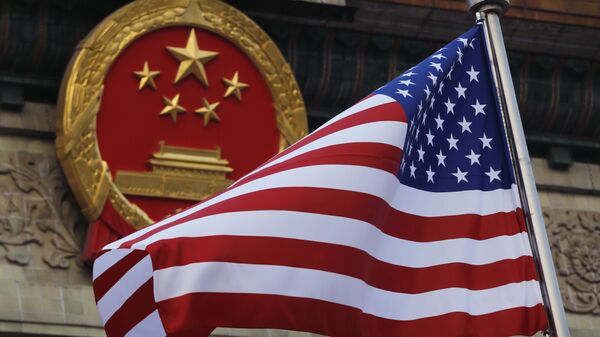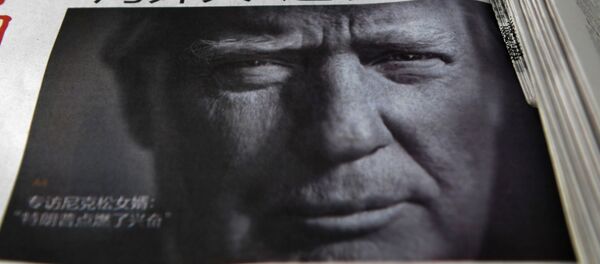Kristian Rouz — New data from the Chinese government reveal that the nation's factory gate prices were flat in February, while inflation, as indicated by the consumer price index, slowed during the same period. The report reflects the ongoing slowdown in overseas demand for Chinese goods, as well as an easing demand in the domestic market, mainly due to the lingering uncertainty over the future of Sino-American trade.
READ MORE: 'US-China Trade Dispute Hurting US Pork Producers' — Pork Producers Council
Previously, economists had expected China's PPI for February to come in at 0.2 percent, according to polling by Reuters.
The decline in global demand for Chinese goods is supported by the data from China's customs, which showed a 21-percent drop in national exports last month. However, the drop in PPI has supply-side factors to it as well.
The government in Beijing found raw material prices had declined by 1.5 percent year-on-year from February 2018, while overall prices in the production sector also fell. This has made China's factory throughput costs lower, resulting in a slower growth in prices for the finished product.
"We see two main implications from the latest inflation prints: first, inflationary pressures remain subdued, possibly reflecting weakening growth momentum," experts at Tokyo-based Nomura Holdings said in a note. "Second, CPI inflation will most likely remain far below the 2019 government target of 3.0 percent, which points to plenty of policy space to ease ahead."
The data comes as the US and China are pushing towards a bilateral trade deal, which could resolve mutual disagreements, and eliminate the threat of steep US tariffs on some $250 bln worth of Chinese exports to that country.
"US tariffs have become a more meaningful drag on exports," Julian Evans-Pritchard of Capital Economics said. Unless the sides "finalise a trade deal soon, the outlook for exports remains gloomy," he added.
According to Chinese Premier Li Keqiang, the nation's GDP growth should average between 6.0 and 6.5 percent this year. In 2018, the Chinese government had expected the nation's economy to expand by 6.5 percent, and actual GDP growth arrived at 6.6 percent that year, down from 6.9 percent in 2017.
READ MORE: China's Commerce Minister Calls Trade Talks With US 'Extremely Difficult'
This might suggest the government in Beijing has acknowledged the ongoing slowdown in the national economy by setting a lower target this year. Analysts predict China could enact more aggressive policies to support its economy, including deeper tax cuts and enhanced central bank stimulus — unless a US trade deal provides a major impulse to Chinese exports.
Chinese officials have recently ramped up calls on the US to strike a trade deal, but policymakers in Washington insist on greater transparency in mutual trade, and a clear implementation mechanism for any achieved agreements.
"Some individuals (in Washington) vow to decouple our economies — this is just their wishful thinking," China's State Councillor Wang Yi said. "Decoupling (the US) from China would mean decoupling from opportunities, from the future and in a sense, even from the world."
Meanwhile, government data also revealed that China's imports fell by 5.2 percent in February, resulting in the nation's smallest trade surplus since March 2018.
While Sino-US trade talks continue, China appears to be facing the mounting pressure of domestic and international risks to its economic stability. Officials in Beijing say a more aggressive stimulus is becoming increasingly likely as the talks drag on without a clear end in sight.





